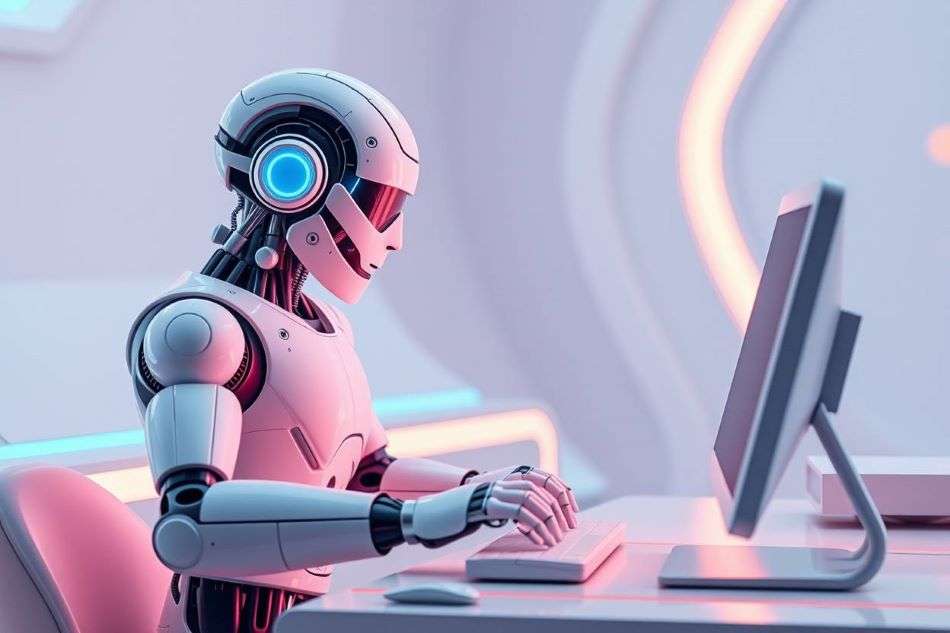Analytics vs AI in Healthcare – What are the key differences?
This isn’t a battle: analytics vs AI in Healthcare. In fact, they’re an effective team. Analytics organizes the information, while AI uncovers those hidden signals that point to a diagnosis.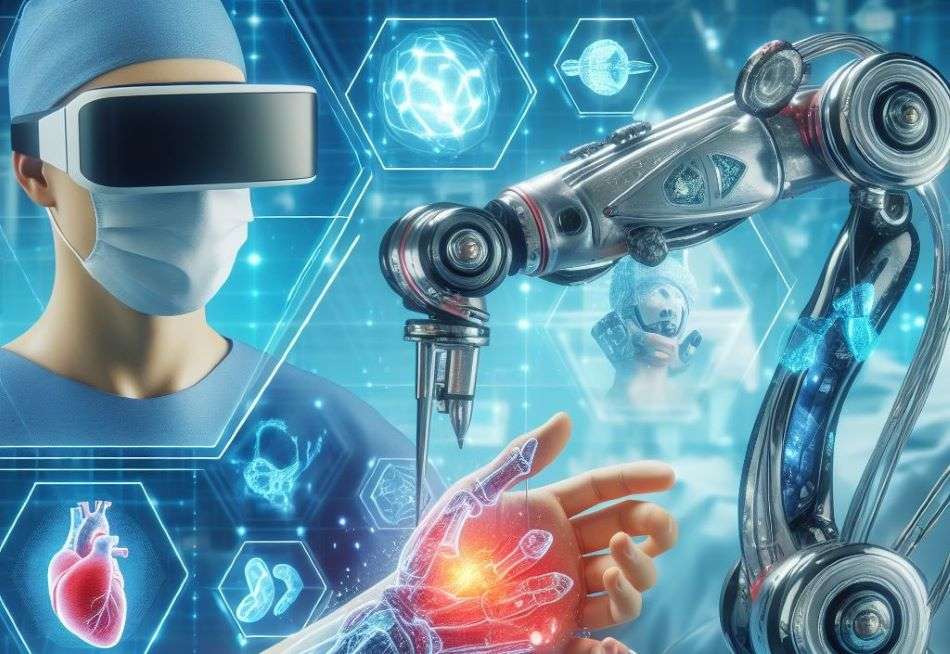
Imagine a future where diseases are detected before they become devastating. For conditions like cancer and heart disease, early diagnosis dramatically increases the chances of successful treatment. That’s where analytics and AI are changing the game, improving the rates how we spot diseases and giving us a fighting chance to intervene early.
Healthcare generates mountains of data – patient records, test results, even images from scans. Analytics makes sense of this vast resource, identifying patterns that predict disease risk. AI takes it further, like a digital detective capable of spotting subtle clues that even experts might overlook.
This isn’t a battle: analytics vs AI in Healthcare. In fact, they’re an effective team. Analytics organizes the information, while AI uncovers those hidden signals that point to a diagnosis.
The impact is real: Studies show that AI-powered image analysis can outperform radiologists in detecting certain cancers. This isn’t just about technology – it’s about saving lives and transforming the very way we approach healthcare. Let’s explore how analytics and AI are making early disease detection a reality.
What is AI in Healthcare?
Imagine a world where computers can assist doctors in diagnosing diseases, even surpassing human experts in some cases. This is the potential of Artificial Intelligence (AI) in healthcare. AI refers to computer systems that mimic human cognitive functions like learning and problem-solving.
In healthcare, AI isn’t about replacing doctors; it’s about empowering them with powerful tools. Here’s a breakdown of some key AI techniques transforming disease diagnosis and early detection:
- Machine Learning (ML): These are algorithms that learn from vast amounts of data, allowing them to identify patterns and make predictions without explicit programming. For example, ML algorithms can analyze medical images like X-rays and mammograms, potentially spotting tumors even human radiologists might miss.
- Natural Language Processing (NLP): This field focuses on computers understanding and interpreting human language. In healthcare, NLP can be used to analyze doctor’s notes and medical records, extracting key information and automating tasks to free up clinician time.
- Deep Learning: A type of machine learning using complex artificial neural networks. Deep learning is revolutionizing image analysis in healthcare, allowing AI systems to detect subtle anomalies in scans that might be missed by the human eye.
AI and Analytics in Healthcare: A Powerful Partnership
It’s important to note that AI and analytics go hand-in-hand. Analytics helps prepare and organize healthcare data, making it usable for AI models. AI can then analyze this data to uncover hidden patterns and generate insights that further fuel analytics. This creates a powerful feedback loop that continuously improves diagnostic accuracy and efficiency.
What is Healthcare Analytics?
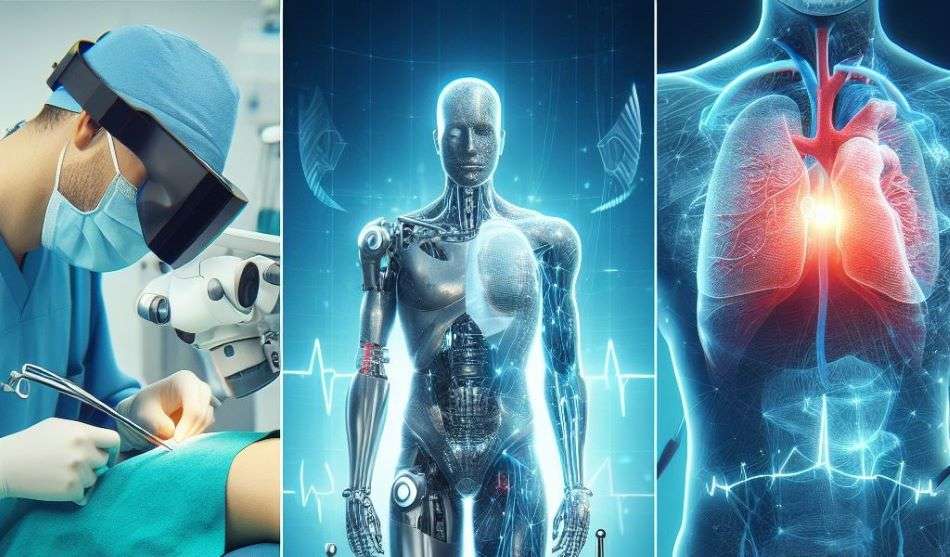
Let’s break it down: healthcare analytics is about using data to make better decisions. It’s collecting, organizing, and analyzing information from patient records, medical images, research studies, and more. Think of it as transforming that raw data into insights that can improve patient care and how hospitals run.
Types of Healthcare Analytics
Healthcare analytics isn’t one-size-fits-all. Here are the key types:
- Descriptive analytics: This tells us what’s happening now. Think of it as a snapshot of things like hospital readmission rates or the number of patients with a particular disease.
- Diagnostic analytics: This dives into the why. Why are patients being readmitted? What factors are contributing to the rise in a disease?
- Predictive analytics: Like a crystal ball for healthcare, this type forecasts future trends. Who’s at risk for a heart attack? Could a patient develop complications?
- Prescriptive analytics: This is about finding the best course of action. It uses all the previous analysis to recommend personalized treatment plans, suggest ways to streamline hospital processes, and more.
Analytics in Healthcare: Powering Diagnosis and Early Detection (use cases)
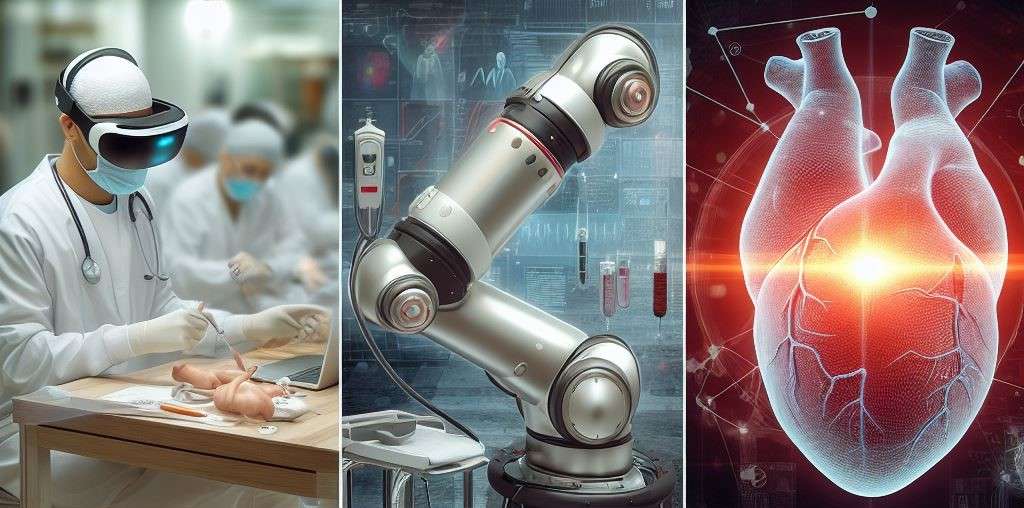
Remember, analytics is all about transforming raw healthcare data into insights. When we focus on diagnosis, here’s how analytics shines:
- Identifying Risk Factors: Analytics can comb through huge datasets of patient records, pinpointing factors that increase the likelihood of someone developing a disease. Think habits, environmental exposure, or even subtle genetic markers. This tells us who to monitor more closely.
- Building Predictive Models: Once we know the risk factors, analytics can create models that predict the probability of someone getting sick in the future. This lets doctors intervene early, even before symptoms appear.
- Tracking Disease Progression: For patients with chronic conditions, analytics can track how their disease changes over time using data from tests and appointments. This helps personalize treatment and head off complications.
- Uncovering Hidden Patterns: Sometimes, patterns that indicate disease are hidden in plain sight, but doctors are too busy to catch them. Analytics is like a spotlight, revealing connections in the data that might suggest a diagnosis.
Analytics vs AI in Healthcare: Examples
- Sepsis Detection: Analytics models analyzing real-time patient data from vital sign monitors can spot early warning signs of sepsis, a life-threatening infection.
- Heart Disease Risk: Analyzing factors like blood pressure, cholesterol, and family history to create personalized heart disease risk scores, prompting lifestyle changes or preventative medication.
- Cancer Screening: Identifying high-risk patients based on demographics, personal history, and other factors to suggest earlier or more frequent cancer screenings.
How AI and Analytics in Healthcare Work Together
AI often builds upon the insights generated by analytics. For example, analytics might identify patterns in medical images associated with a disease, and then an AI algorithm can be trained to automatically detect those patterns in new images.
Analytics vs AI in Healthcare: Use Cases
We’ve seen how analytics and AI can be powerful on their own. But their true potential is unleashed when they work together to diagnose diseases early, potentially saving lives. Let’s look at some real-world examples:
- Accelerating Cancer Diagnosis: Imagine a patient getting a routine CT scan. An analytics tool might flag subtle abnormalities that a radiologist could miss. That triggers an AI system specializing in cancer detection to scrutinize the image. The AI spots a tiny tumor, leading to immediate treatment and dramatically improving the patient’s chances.
- Personalizing Alzheimer’s Detection: Analytics can analyze a patient’s medical history, cognitive tests, and genetic data. It might pinpoint biomarkers that indicate a high risk of Alzheimer’s. This is then combined with an AI model analyzing brain scans for early signs of the disease, long before severe symptoms appear.
- Revolutionizing Wearables: Smartwatches and fitness trackers aren’t just about steps and calories anymore. Analytics can spot subtle changes in heart rate patterns that might indicate a developing heart condition. AI can further analyze this data, detecting anomalies that doctors might overlook, leading to earlier intervention.
The Benefits of Collaboration between AI and Analytics in Healthcare
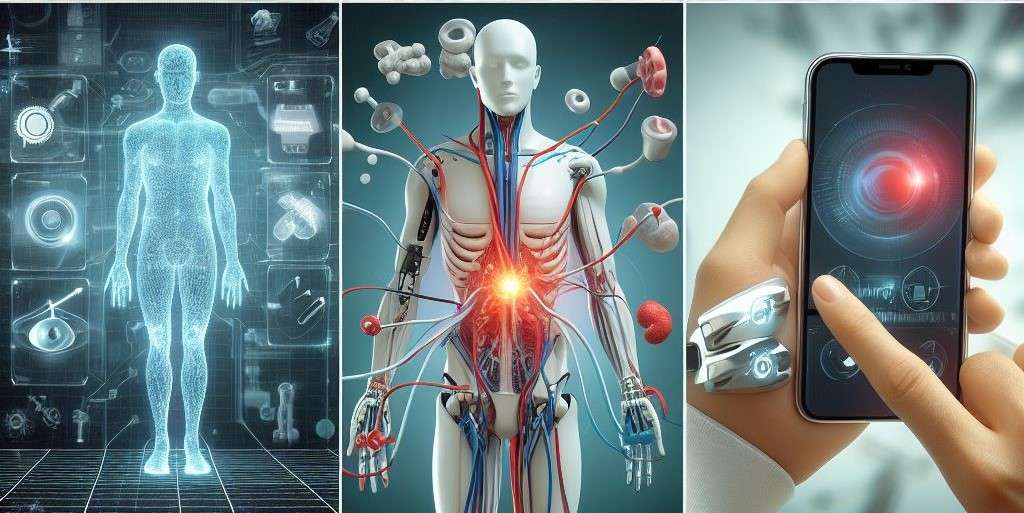
These examples illustrate how analytics and AI in healthcare form a diagnostic dream team:
- Speed: Analytics and AI can analyze vast amounts of data much faster than humans could alone, speeding up diagnosis.
- Accuracy: AI-powered diagnostic tools can sometimes outperform human experts, especially in tasks like image analysis.
- Early Intervention: Catching diseases early often improves outcomes dramatically, and analytics and AI make this possible for a wider range of conditions.
The Future of Diagnosis
While there are significant challenges to widespread adoption (more on this later), the future looks bright. We’re likely to see healthcare analytics and AI integrated even more deeply into the diagnostic process. Soon, your doctor’s office might involve an initial analysis fueled by analytics, followed by an AI tool offering second-opinion-like precision in identifying any potential health issues.
Challenges and Considerations when Implementing Analytics and AI in healthcare
While the potential of analytics and AI in healthcare is enormous, it’s crucial to address the hurdles and responsibilities that come with these technologies.
- Data Quality and Bias: “Garbage in, garbage out” definitely applies here. Both analytics and AI rely on accurate, complete, and unbiased data. Inconsistent data formats, inaccurate medical records, and even bias in historical datasets can all derail these systems.
- The “Black Box” Problem: Some AI models, especially deep learning, can be difficult to explain. It’s crucial to know why the AI makes a diagnosis. Increased transparency will foster trust by clinicians and patients.
- Ethical Considerations: We need clear guidelines on how patient data is used, how to prevent AI systems from perpetuating healthcare inequalities, and how to manage potential impacts on the doctor-patient relationship.
- Integration Woes: Fitting these new tools seamlessly into existing hospital systems is a big challenge. Workflow changes, the need for specialized hardware, and potential resistance from staff all need to be addressed.
Addressing the Challenges
These challenges aren’t insurmountable. Here’s what needs to happen:
- Invest in Data Governance: Hospitals need robust systems for data collection, cleaning, and ensuring privacy.
- Push for Explainable AI: AI research must prioritize models that provide clear reasoning for their decisions.
- Engage Stakeholders: Patients, doctors, ethicists, and technologists must collaborate to create guidelines and regulations.
- Focus on Training: Medical staff need education about AI’s potential and limitations to ensure successful implementation.
The Way Forward
These challenges shouldn’t overshadow the incredible good analytics and AI can do for healthcare. By proactively addressing quality, transparency, ethics, and seamless integration, we can unleash their power to save lives. Analytics vs AI in healthcare are not cancelling each other, but rather complement – with powerful use cases for each of them.


